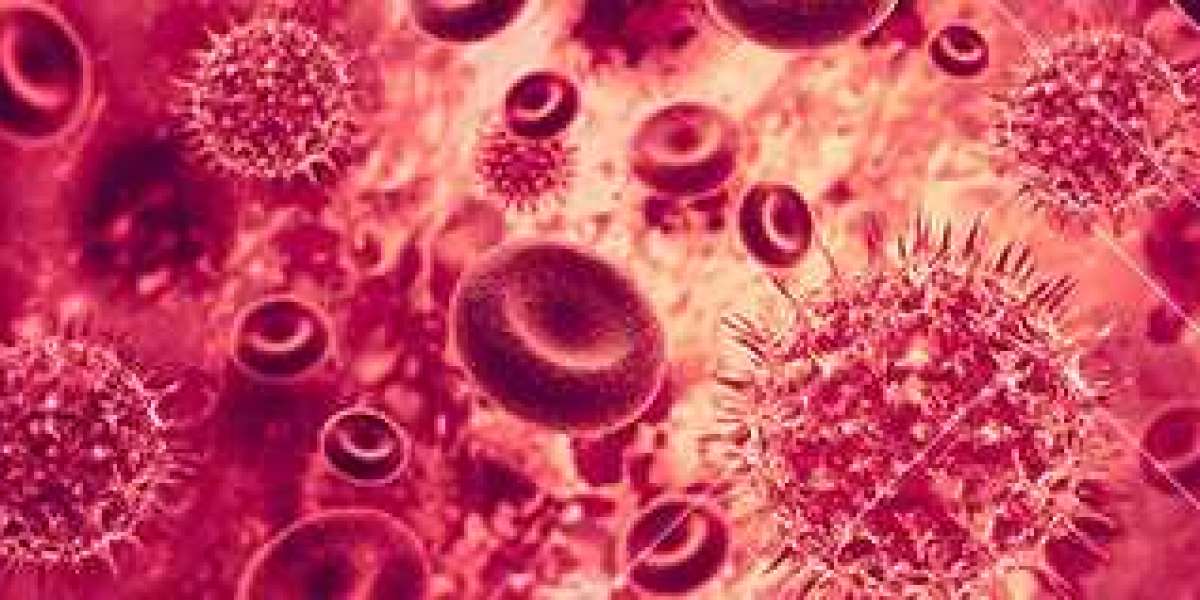Cell expansion is a crucial process in cell biology and biotechnology, serving a pivotal role in research and therapeutic development. This process involves the proliferation of cells to increase their numbers, which is essential for generating the quantities needed for experiments, cell therapies, and tissue engineering. For a detailed exploration of the Cell Expansion Process, this article provides a comprehensive overview, including its significance, methods, and various applications.
1. The Importance of Cell Expansion
Cell expansion is pivotal in several fields:
- Biomedical Research: Provides large quantities of cells for studies on cellular mechanisms, drug testing, and genetic research.
- Cell Therapies: Enables the production of therapeutic cells for treating diseases such as cancer, genetic disorders, and autoimmune conditions.
- Tissue Engineering: Facilitates the creation of tissue constructs for regenerative medicine and organ replacement.
2. The Cell Expansion Process
Cell expansion involves several key steps:
a. Cell Source
The initial step is obtaining a cell source, which can be primary cells derived directly from tissues, stem cells, or cell lines. Each type of cell source has its own advantages and limitations. For example, stem cells are pluripotent and can differentiate into various cell types, making them ideal for a wide range of applications.
b. Cell Culture Conditions
Cells are cultured in a controlled environment that mimics their natural physiological conditions. This includes:
- Nutrient Supply: Cells require a growth medium rich in nutrients, growth factors, and hormones.
- Temperature: Most mammalian cells grow optimally at 37°C, which is close to the human body temperature.
- pH and Oxygen Levels: Maintaining appropriate pH and oxygen levels is crucial for cell viability and function.
c. Cell Proliferation
Cells are allowed to proliferate under optimal conditions. The proliferation rate can be influenced by various factors, including:
- Growth Factors: These are proteins that stimulate cell division and survival.
- Cell Density: The initial seeding density and the rate of cell division impact the overall expansion.
- Subculturing: As cells grow, they may become confluent (covering the entire surface of the culture vessel), necessitating their transfer to new vessels to continue expansion.
d. Monitoring and Quality Control
Regular monitoring is essential to ensure that cells remain healthy and viable. Key aspects include:
- Cell Count: Determining the number of cells to assess growth and proliferation rates.
- Morphology: Observing cell shape and structure under a microscope to detect any abnormalities.
- Contamination Checks: Ensuring that the cell culture is free from microbial contamination.
3. Methods of Cell Expansion
Several methods are used for expanding cells, each suited to different applications:
a. Adherent Culture
Cells adhere to the surface of culture vessels, such as flasks or plates. This method is commonly used for adherent cell types, such as fibroblasts and epithelial cells. Cells are typically grown in monolayers and passaged when they reach confluence.
b. Suspension Culture
In suspension culture, cells grow floating in the medium without attaching to a surface. This method is ideal for cell lines like blood cells or cancer cells. Suspension cultures can be performed in spinner flasks or bioreactors for large-scale expansion.
c. Bioreactors
Bioreactors are advanced systems designed for large-scale cell culture. They provide controlled conditions and allow for continuous or batch culture processes. Bioreactors can be used for both adherent and suspension cell cultures and are crucial for industrial-scale production of cells.
4. Applications of Expanded Cells
The expanded cells have numerous applications:
- Cell-Based Therapies: Expanded cells can be used for transplantations, such as stem cell therapies for regenerating damaged tissues.
- Drug Development: Large numbers of cells are required for high-throughput screening of potential drug candidates.
- Vaccine Production: Cells are used to produce vaccines, such as those for influenza and COVID-19.
- Disease Modeling: Expanded cells are used to create models of diseases, aiding in understanding and developing treatments.
5. Challenges and Future Directions
Despite its importance, cell expansion poses challenges, including:
- Scalability: Translating small-scale research to large-scale production can be complex and costly.
- Quality Control: Ensuring consistency and quality of expanded cells is critical for clinical applications.
- Ethical Considerations: The use of certain cell types, particularly embryonic stem cells, raises ethical concerns.
Future advancements in cell expansion may include improved culture systems, automation, and novel technologies such as 3D bioprinting. These developments aim to enhance efficiency, reduce costs, and expand the range of applications.
Conclusion
Cell expansion is a cornerstone of modern biotechnology, enabling a wide range of scientific and medical advancements. Understanding and optimizing this process is crucial for harnessing the full potential of cells in research, therapy, and industry. As technology evolves, the ability to expand cells more efficiently and effectively will continue to drive progress in numerous fields.



